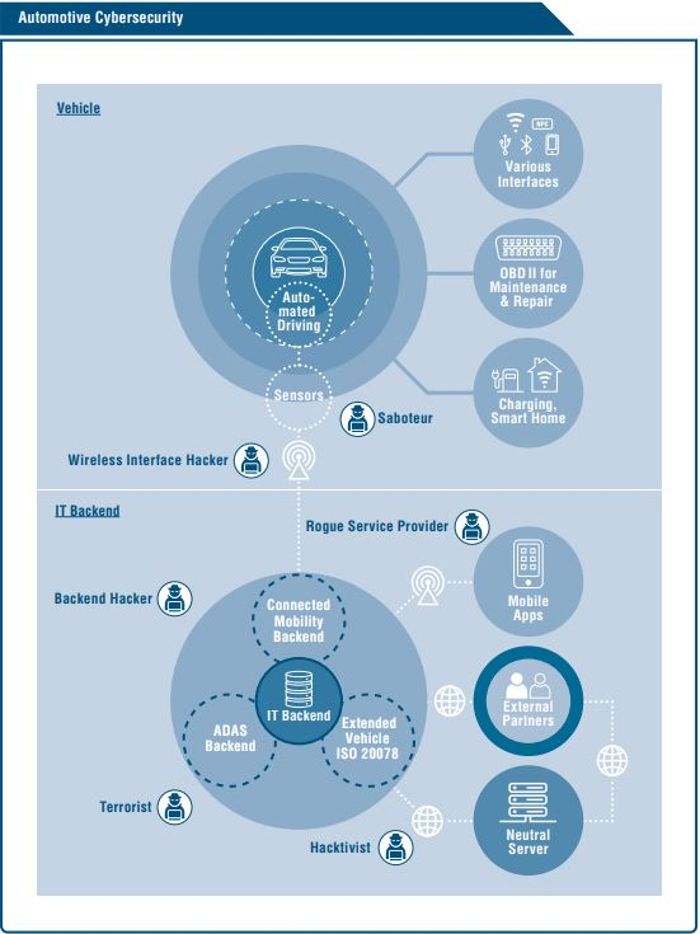A collaborative partnership of 11 automotive and mobility industry leaders have published a first-of-its-kind non-binding organized framework for the development, testing and validation of safe automated passenger vehicles.
The new ‘Safety First for Automated Driving’ (SaFAD) white paper emphasizes the importance of safety-by-design for automated vehicles, and has been created by a group of industry leaders that come from across the automotive and automated driving technology spectrum. The contributors, Aptiv, Audi, Baidu, BMW, Continental, Daimler, FCA US (Fiat Chrysler Automobiles), Here, Infineon, Intel and Volkswagen, comprise the broadest representation across the industry and have published, to date, the largest report on how to build, test and operate a safe automated vehicle.
The SaFAD white paper authors’ purpose is to emphasize the importance of the safety-by-design concept, along with verification and validation, as the industry works toward creating standards for automated driving. For the first time, SaFAD offers automated vehicle (AV) developers and operators a system for clear traceability that proves AVs to be ‘safer than the average driver’ through components such as cameras or steering systems. It is also the first time presenting a summary of widely known safety-by-design and verification and validation methods of Level 3 and Level 4 automated driving as defined by the SAE (J3016).
The foundation of the SaFAD white paper is its 12 Guiding Principles, which are further refined into capabilities of the automated vehicle, from which safe-by-design elements are derived to support the capability and achieve the guiding principles. The highly-detailed 157-page report combines the expertise from key companies in the automaker, supplier and technology industries to help direct development of safe automated vehicles.
Interest in and development of automated driving technology has grown at a dramatic rate over the past several years, fueled by the goal of reducing fatalities related to vehicle crashes, improvement of traffic flow and the introduction of new mobility concepts. This rapid growth brings a wide range of development methodologies from established companies and the growing roster of new enterprises. Following the publication of the SaFAD guidance, authors and experts from each of the participating partners will present the group’s work at industry and technology conferences internationally over the next few months.
One of the contributors to the SaFAD paper, Intel, notes that it builds on the company’s own model for safer AV decision-making known as responsibility-sensitive safety (RSS). “Industry collaboration on the safety of automated vehicles is key to realizing a safe and responsible autonomous future,” commented Jack Weast, Intel’s senior principal engineer and vice president of automated vehicle standards at the company’s Mobileye subsidiary. “We are proud to have contributed to the groundbreaking work to establish a framework for introducing automated vehicles that are safe by design. We look forward to collaboration with additional industry partners on this comprehensive framework as well as on our RSS model.”






